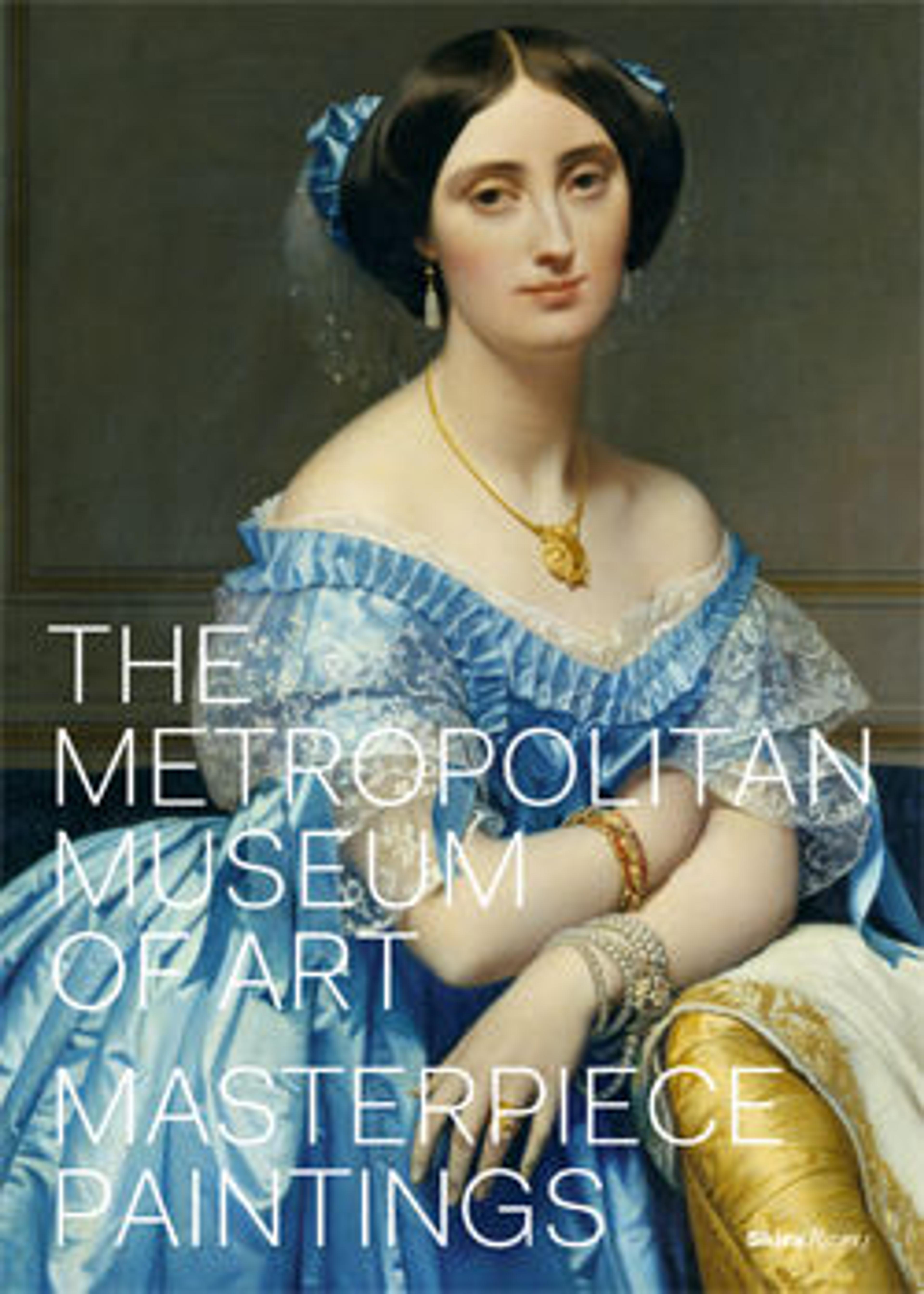Orchids and Rock
In the final stroke of the smoothly inflected brush line, the semicursive calligraphy of Bonpō’s inscription is visually united with the expansive rendering of the orchid’s supple leaves and fragile blossoms. Orchids and rocks are cherished in literati lore as symbolic of the scholar’s purity of heart, loyalty, and integrity. The “dancing pair” of the poem refers to the fragrant, small-blossomed Epidendrum to the right of the rock and the larger, more colorful Cymbidium orchids, clustered at the center.
Bedecked in garlands, the dancing pair
Combines their rival fragrance.
One must sip their precious dew.
Who can make anew these deep-red tassels?
I dashed off this poem and painting for the Honorable Cai.
—Barbara Brennan Ford
Bedecked in garlands, the dancing pair
Combines their rival fragrance.
One must sip their precious dew.
Who can make anew these deep-red tassels?
I dashed off this poem and painting for the Honorable Cai.
—Barbara Brennan Ford
Artwork Details
- 蘭蕙同芳図
- Title:Orchids and Rock
- Artist:Gyokuen Bonpō (Japanese, ca. 1348–after 1420)
- Period:Muromachi period (1392–1573)
- Date:late 14th–early 15th century
- Culture:Japan
- Medium:Hanging scroll; ink on paper
- Dimensions:39 9/16 x 13 1/8 in. (100.5 x 33.4 cm)
- Classification:Paintings
- Credit Line:The Harry G. C. Packard Collection of Asian Art, Gift of Harry G. C. Packard, and Purchase, Fletcher, Rogers, Harris Brisbane Dick, and Louis V. Bell Funds, Joseph Pulitzer Bequest, and The Annenberg Fund Inc. Gift, 1975
- Object Number:1975.268.38
- Curatorial Department: Asian Art
Audio
8850. Orchids and Rock
0:00
0:00
We're sorry, the transcript for this audio track is not available at this time. Please email info@metmuseum.org to request a transcript for this track.
More Artwork
Research Resources
The Met provides unparalleled resources for research and welcomes an international community of students and scholars. The Met's Open Access API is where creators and researchers can connect to the The Met collection. Open Access data and public domain images are available for unrestricted commercial and noncommercial use without permission or fee.
To request images under copyright and other restrictions, please use this Image Request form.
Feedback
We continue to research and examine historical and cultural context for objects in The Met collection. If you have comments or questions about this object record, please contact us using the form below. The Museum looks forward to receiving your comments.
